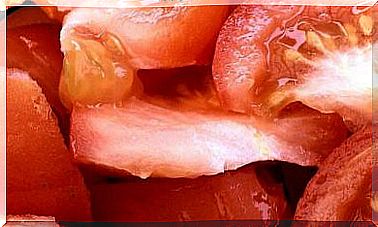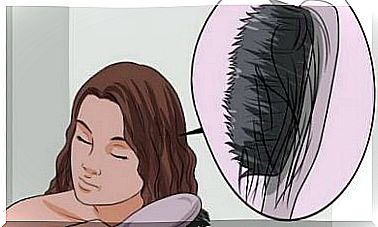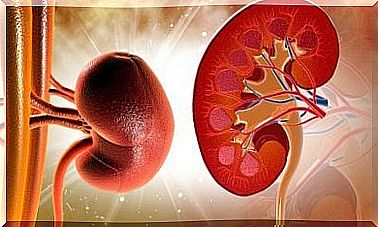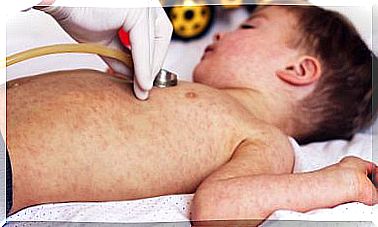Can Tampons Be Flushed Down The Toilet?
The title of this article may have a very obvious answer for some, while for others it is cause for discussion and doubts. The reality is that not only flushing tampons down the toilet is bad for the environment and plumbing, but flushing many other objects is also bad for you.
“The toilets are not trash cans” ( toilets are not trashcans according to their form in English). This is the phrase from a famous campaign launched by the National Association of Clean Water Agencies (NACWA). It is an organization that looks after the interests of public wastewater treatment facilities in the United States.
In the UK, on the other hand, two trillion menstrual items are shed per year. While in New York alone, about $19 million has been allocated in recent years to repair clogs in the pipes. Meanwhile, in Europe the elimination of menstrual waste takes between 500 and 1000 million euros.
Why shouldn’t tampons be flushed down the toilet?
Tampons and other menstrual products, such as wipes, are made from materials that are ultra absorbent. When you throw tampons down the toilet, they get wet, swell, absorbing a lot of liquid, and increase in size. In this way, they get stuck in the pipes and cause them to clog.
On the other hand, if they manage to pass through the pipes and reach the sewage treatment plants, they will not be able to pass through their filters and will go directly to the sea or rivers. Once there they will contaminate not only the water, but also the beaches and surroundings, since their material does not degrade easily, such as toilet paper.
Isn’t it the same as toilet paper?
The tampon boxes clarify that they cannot be flushed down the toilet and that they cannot be recycled either. Furthermore, in some cases it is added that they should not be processed in plants intended for wastewater treatment and that they can damage septic chambers.
This gives us the clue that a tampon is not similar to toilet paper in terms of material and decomposition. Toilet paper is designed and manufactured to disintegrate immediately after being used and thrown into the sewer. It degrades almost completely (95% in just 20 minutes). Wipes take hundreds of years.
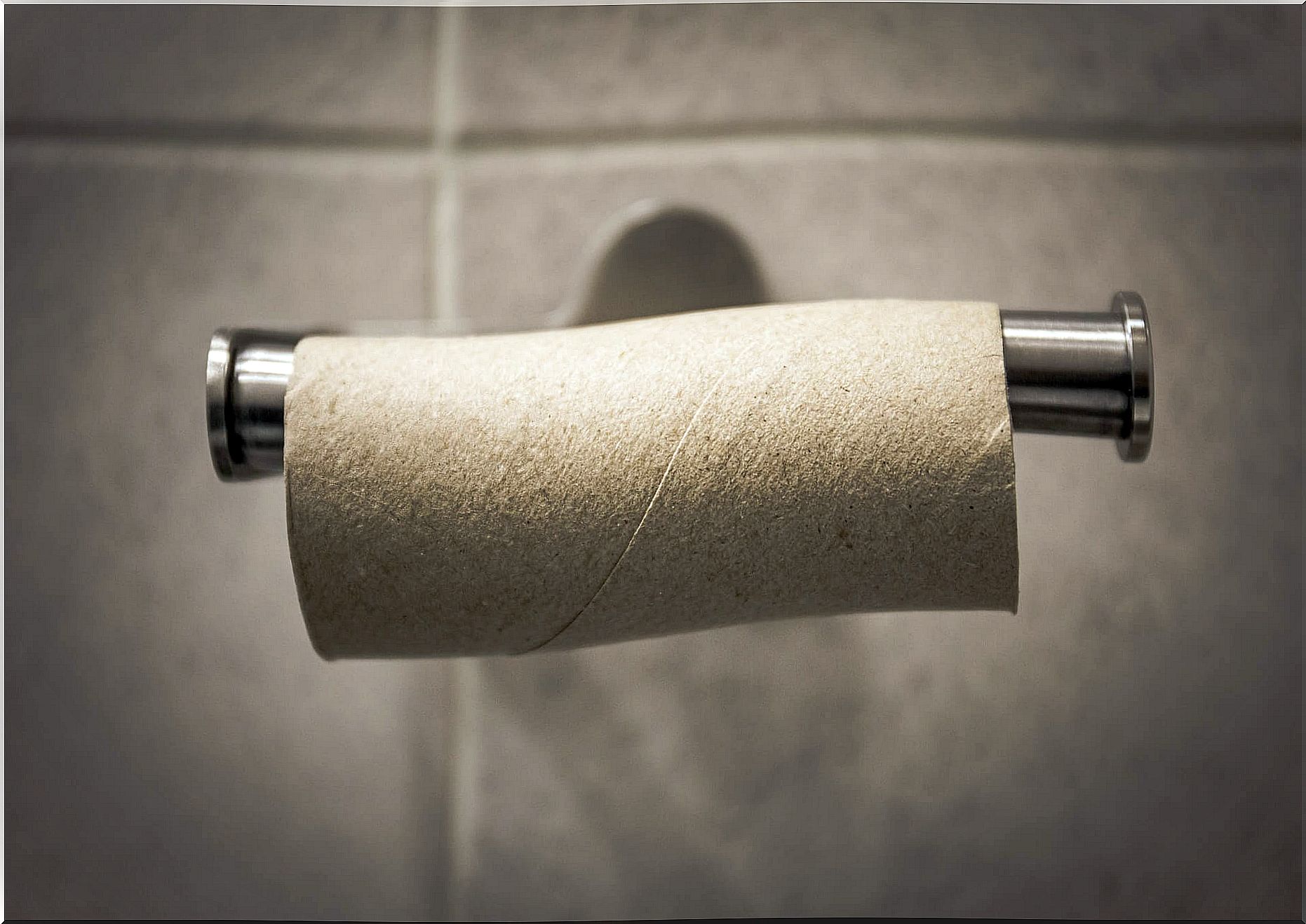
What are the main negative effects?
As we’ve already seen, flushing tampons is not a viable option for a number of reasons. Among them, the most important are the following:
- Household plumbing clogging – Tampons could get stuck in the plumbing and cause sewage to flow through household sinks. This situation is risky for health due to the large amount of bacteria that these liquids contain.
- Collapse of the sewage system of a community: if we multiply the amount of tampons and other menstrual waste by all the homes in a locality (not to mention large cities) the panorama is tremendous. Thousands of tampons will end up in the sewers. This can generate a huge expense for the government to make the corresponding arrangements that, ultimately, we all pay with taxes.
- Environmental pollution: all tampons and other waste that are generated with menstruation end up in the oceans and other water currents. In the case of wipes, they are made up of up to 90% plastic materials and take hundreds of years to degrade.
Other products that should not be flushed down the toilet
In addition to tampons and wipes, there are other items that we cannot flush down the toilet. They are common objects that seem innocuous, but cause enormous damage:
- Condoms: they get stuck in the pipes and do not degrade, as they are made of latex and are designed not to break easily.
- Cat litter and feces: contain a parasite that is not eliminated by treatment in the sewage plants. It is detrimental to people’s health. Similarly, sand can completely block pipes and cause a real mess.
- Hair: it is very common to clean the hairbrush and flush the hair we remove from it into the toilet. It is a very serious mistake because a ball forms that gets stuck in the toilet siphon or in the toilet drain.
- Make-up Remover Cotton and Wipes – Wo n’t tear or disintegrate easily. You also won’t notice the clog as quickly as with tampons or wipes, but over time they will form a ball of fat.
- Oils and chemical products: in the case of vegetable oils, grease balls are made that make it difficult for air to escape from the pipes and cause a very bad smell. Also, soaps and detergents have substances that promote the formation of algae that are harmful to aquatic life.
- Cigarette butts: they do not go away with the first discharge and once they enter the pipes they carry all their chemicals with them and contaminate the water network.

Don’t flush tampons down the toilet: how to get rid of them
Finally, to dispose of tampons correctly you have to wrap them in toilet paper and throw them in the trash can. There are also some bowling pins designed for this purpose that can be carried in the wallet.
On the other hand, we want to encourage the use of eco-friendly menstrual items. In this sense, we can mention the menstrual cup as a method that little by little is imposed among women. They are made of latex and reusable.
In addition, there are reusable cotton sanitary napkins, as well as underwear designed for menstruation that can be used more than once. However, if none of these eco-friendly options is comfortable, it is advisable to opt for biodegradable tampons or wipes.



